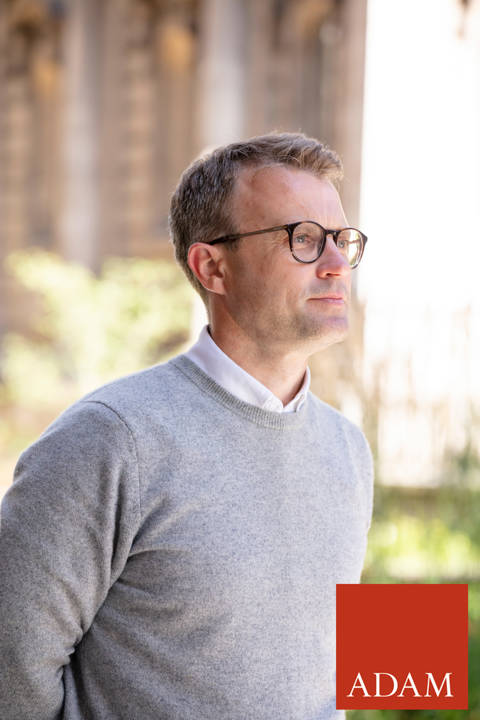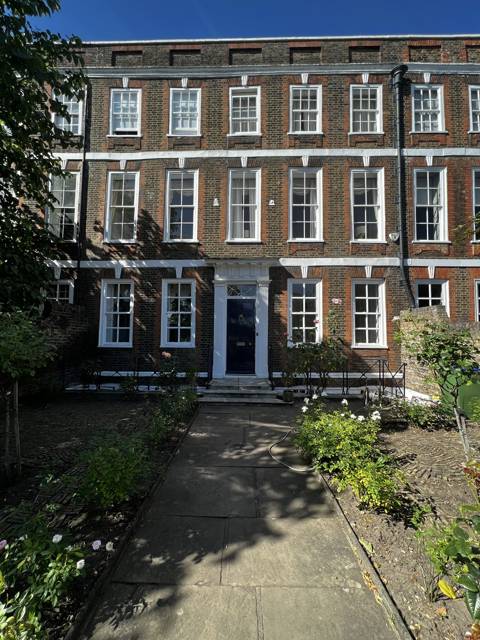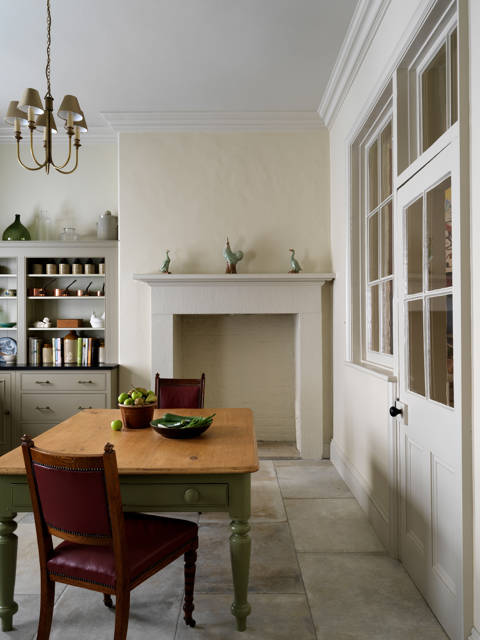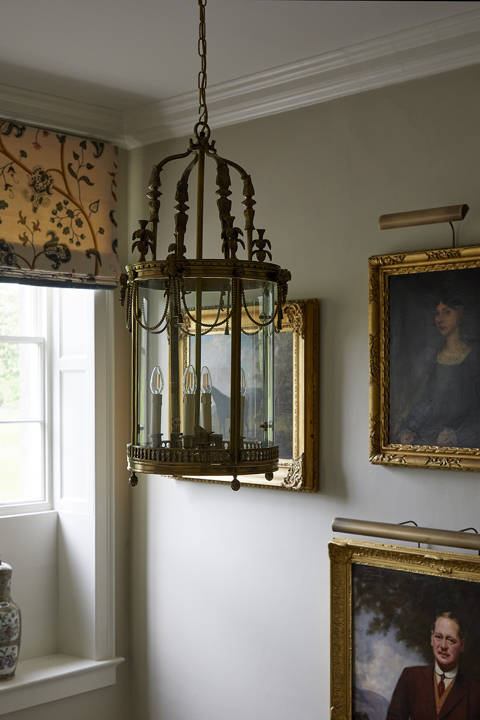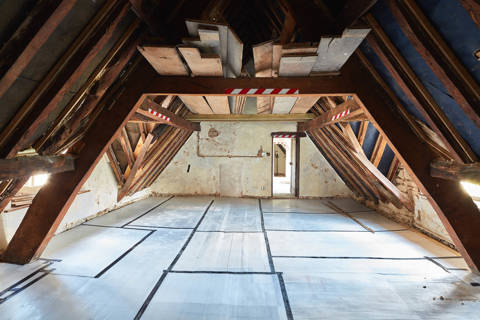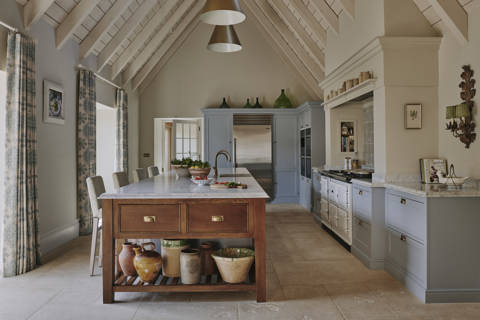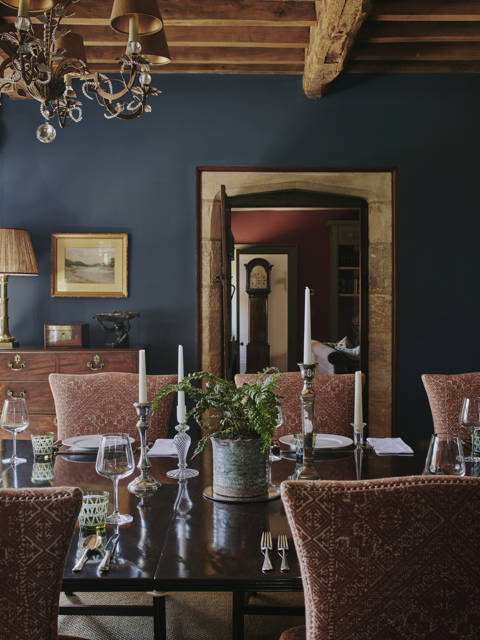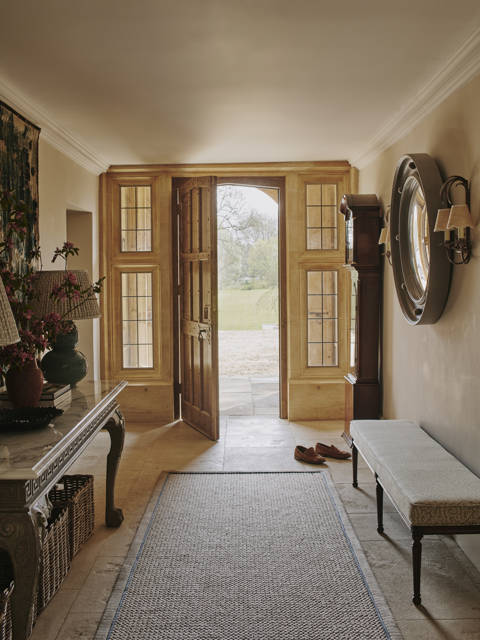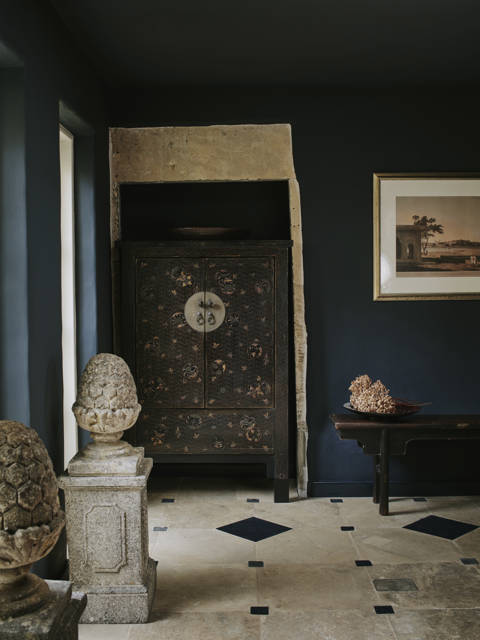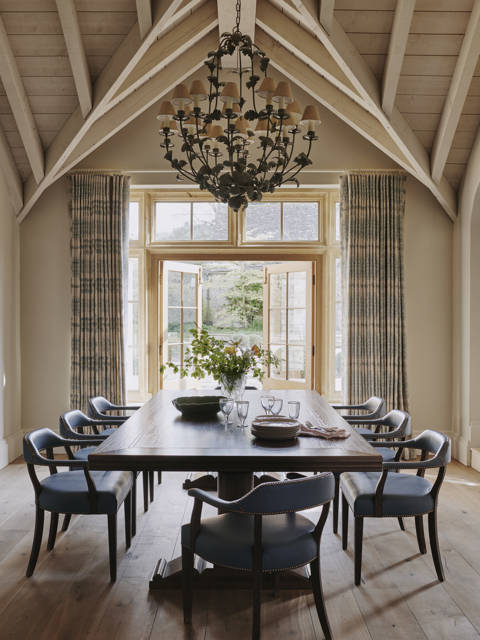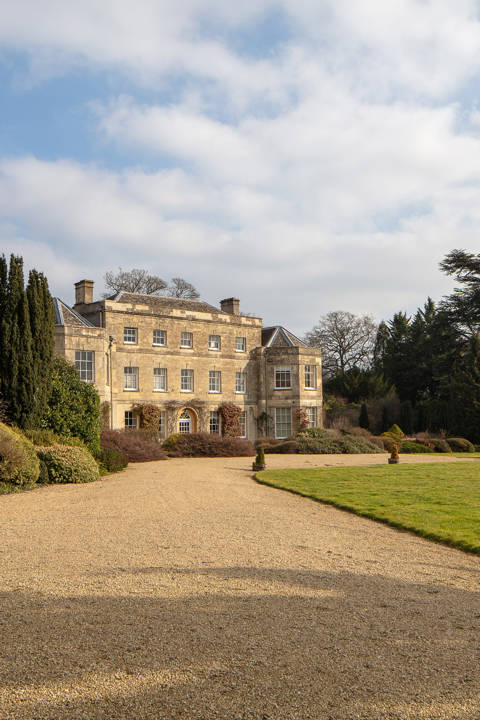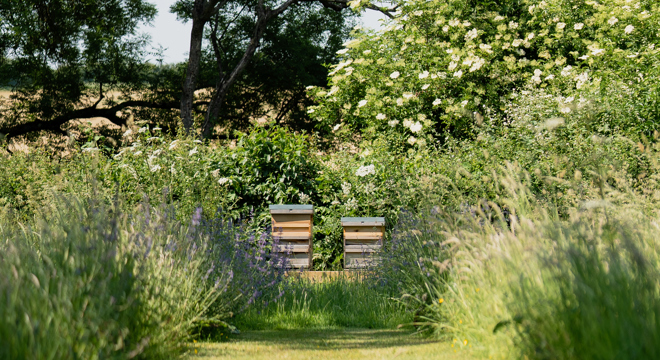Working on Listed Buildings with ADAM Architecture
We sat down with ADAM Architecture Director, Darren Price who has a special interest in working on the restoration and creative adaptation of listed buildings. Darren shares his top tips for navigating the intricate process of working with listed properties, shedding light on both the challenges and exciting opportunities encountered by architectural practices.
What are the main challenges of working on a listed building for architects?
I don’t see listings as challenges but more as a framework of opportunity to engage with these buildings at a creative and academic level. Historic buildings are so individual; no one project is the same. Often lessons can be taken from one and applied to another, whether in relation to the significance and origin of a building or, more commonly, what interventions are appropriate and successful. By the same token, different authorities and conservation officers take varying approaches, resulting in an uneven playing field. Many people fear that changes are impossible, but that’s not the case. It’s experience that teaches you how to guide the requirements of a project to achieve the best for the client and the building.
Working in this way can be a process-driven exercise and understanding the significance of a house and its level of protection is the first step. They are often beautiful buildings with a wonderful atmosphere engrained within the walls; it’s our job to unpick the layers of history and generate a narrative to understand the possibilities. It takes time but we’ve proven again and again that presenting a well-curated position tailored to the individual project and respectful of the building's past will secure the necessary consents.
What structural changes can be made to listed buildings, and what can’t?
Perhaps more than most people might automatically assume, it’s about justifying the change. That’s why our historians undertake a thorough analysis of the history of a building to discover what’s important and contributes to its story. In parallel, we can identify what isn’t making a positive contribution and demonstrate that this is less relevant, unlocking development potential. Ultimately, the best way to preserve these houses is to ensure their ongoing use and enjoyment—planners and conservation officers know this to be true. If the layout is no longer fit for purpose because it was designed for a time when we lived differently, then there’s a case to make changes provided that any perceived harm is outweighed by the benefit. The same is true when proposals are put forward to revert a building back to its original character, removing all the unfortunate and inappropriate alterations.
It's worth remembering that the 1947 Planning Act essentially froze these buildings in time. Suddenly, services such as plumbing and heating existed within a protected envelope. Often adapted over time to avoid disruption, we now find them beyond their efficient or useful lifespan. Along with a growing appetite for green energy, much of our work involves full replacement and careful removal to avoid damage to surrounding fabric—a skilled and experienced approach that results in a historic building that finds itself fit for purpose in the 21st century.
What are most clients looking for when they appoint an architect for their listed property?
Some might want an ambitiously modern approach so that a new intervention creates a striking contrast to the original building, such as a glass box extension. Others might be looking for a more sensitive but equally creative approach. In either case, clients want their architects to provide innovative and thoughtful solutions with great attention to detail. Our clients want to enjoy the process and engage with the team as a collaborative exercise. The ability to listen and communicate is essential for all parties, and for the architect to lead the pace of a project, it's crucial to test ideas and ensure nothing is left to chance.
It’s a huge privilege for us architects to work together with clients to create a legacy of historic buildings, whether they’re inherited or represent the beginning a new chapter for a family.
What advice would you give to property owners considering a listed building project in terms of budgeting, timelines, and pitfalls?
Build an exceptional team from the outset. Engage with the creative minds of the interior and landscaping worlds, not just architects. Having experienced people around the table from the beginning offers expertise, financial economies, and strong bonds; having designers who are excited to work with the owners as well as each other is just so satisfying.
It’s also important to be realistic about the potential costs and understand the budget from the very beginning, with the input of a cost consultant early in the process. Right now, the most unpredictable element is the timeline for the approvals. Anticipate longer waiting times as local authorities grapple with heavy workloads. I would also assume all services need to be inspected and for owners to brace for replacement.
How does working with an interior design practice support architects when working on a listed building?
I think the most successful projects are those where the client, architect, interior designer, and landscape designer (if required) are on board from the start. It means that there is a shared dialogue and a sense of contribution and commitment across the team. It’s impossible to restore a listed building without thinking about the inside and outside as a combined, harmonious experience. We have had the joy of working in this way with the brilliant team at Sims Hilditch and it pays dividends. We swap ideas, develop solutions and encourage each other before the proposals are submitted for approval. It's such a good way of working and our clients witness the positive results.
.
Any further thoughts about working on listed properties?
I think it’s important that, as architects, we recognise that any changes we make are just a chapter in the long history of these important buildings. We can identify the phases of construction and incremental changes that lead to the current configuration and appearance of a historical building. What we do now is not the conclusion of that story. The aim is to ensure that they are preserved by making them fit for purpose, to continue enjoyment and to add subsequent chapters to their lives. In the future, it will be up to another architect and design team to make their own mark.
Sims Hilditch and ADAM Architecture are currently working together on the Grade I Richmond Townhouse, Scottish Highlands Estate, and a further Manor House in Surrey.
